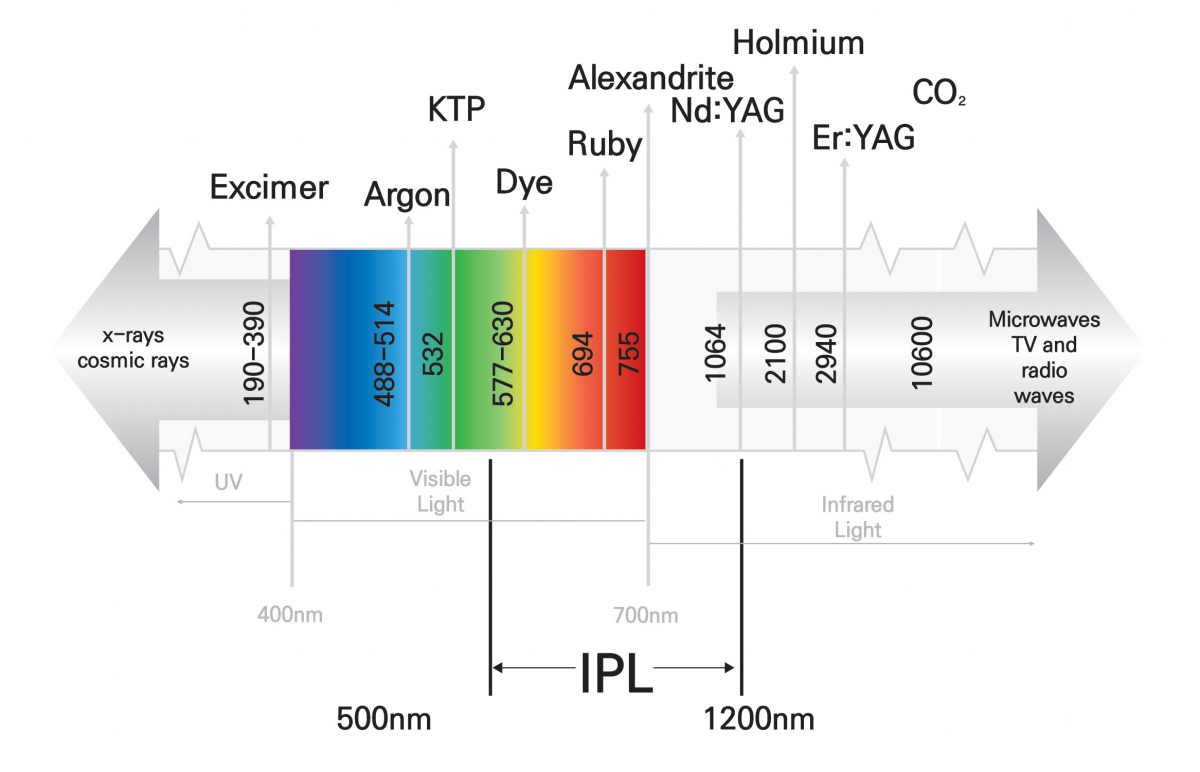
▶ Previous Artlcle : #19-1. The Composition, Principles, and Types of Lasers
Basic Composition of Laser
The basic composition of laser includes laser medium, external energy source, and reflective mirror.
Laser is different from other lights in terms of monochromaticity, coherence, collimation, and high intensity.
Laser can be divided into solid, liquid, gas, and semiconductor lasers according to the medium.
[Advertisement] DUAL FINE BEAM – Manufacturer: SNJ(www.medicalsnj.com)]
The medium of laser is a markedly important factor for classifying lasers since the differences in medium determines the wavelength of a laser.
There are terms necessary to understand laser.
First, “energy” (joule) indicates the sum of photon energy that generates a laser.
The energy applied per unit time is “power” (watt = joule/sec), and the power applied per unit area is “power density” (watt/cm2), and the total amount of energy applied per unit area is “energy density” (J/cm2, fluence).
“Pulse energy” refers to energy by pulse expressed in mJ.
“Spot size” indicates the diameter of the irradiated laser beam expressed in mm.
When light passes through the tissue or a substance, its intensity decreases exponentially as it goes deeper.
The depth at which the intensity is weakened to be around 37% of the original intensity at the surface is called “optical penetration depth.”
When light penetrates a substance, some of it is reflected off the surface, some is transmitted into the substance, and some of it is scattered and gradually weakens without being able to penetrate more deeply into the substance.
Several factors can affect the penetration depth.

Figure 2. Electromagnetic wave spectrum.
-To be continued




















